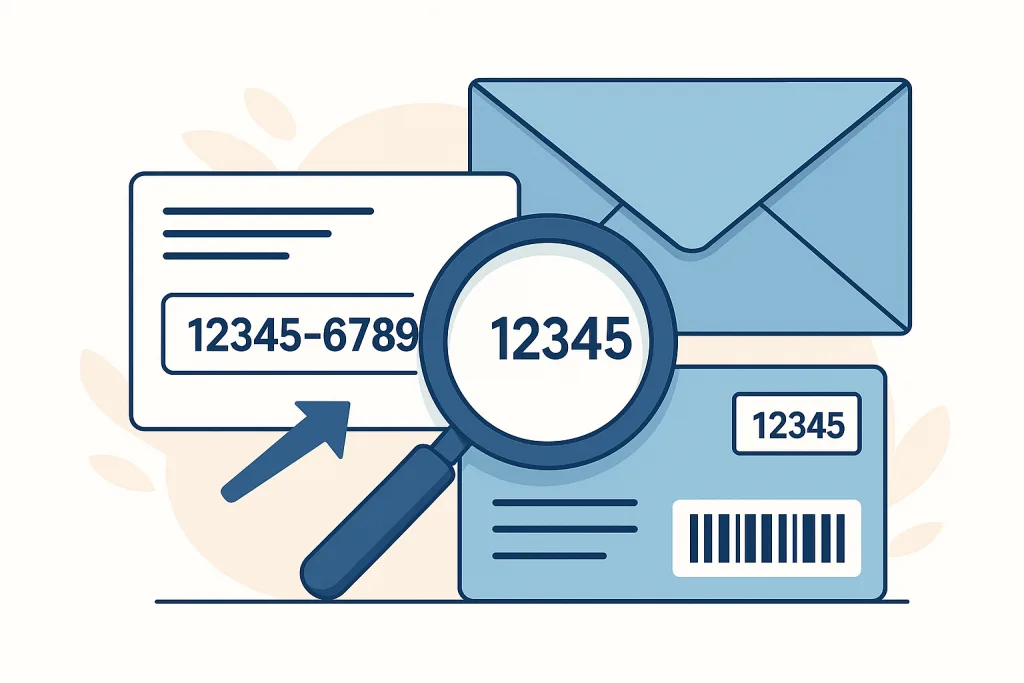What Is a Zip Code Extension? Why the Last 4 Digits Matter

A data-driven look at ZIP+4, its impact on address quality, and how to use it in modern data matching
When working with address data—especially in direct mail, billing, or customer record matching—you’ve probably seen ZIP codes written as “12345-6789.” That extra four-digit suffix is known as a zip code extension, and in 2025, it’s more relevant than ever for ensuring accurate delivery and high-quality data.
In this article, we’ll break down what a zip code extension is, how it improves address precision, and how it can be used in data cleansing, fuzzy matching, and deduplication workflows.
What Is a Zip Code Extension?
A zip code extension, often called ZIP+4, adds four digits to the standard 5-digit ZIP code. It narrows the delivery area down to a specific block, building, or even floor within a larger ZIP region.
Example:
Standard ZIP: 12345
ZIP+4: 12345-6789 → More precise location (e.g., suite or apartment)
Why the ZIP+4 Code Exists
The U.S. Postal Service introduced ZIP+4 in 1983 to:
Speed up mail sorting and delivery
Improve address validation
Reduce delivery errors for dense or commercial areas
Today, many CRM systems, mailing platforms, and government databases still store only the 5-digit ZIP, leaving potential for address overlap, duplicates, or poor data quality.
Benefits of Using Zip Code Extensions in 2025
| Benefit | Why It Matters |
|---|---|
| Improved address accuracy | Reduces ambiguity in buildings or complexes |
| Faster mail delivery | Enhances USPS routing and sorting efficiency |
| Better deduplication | Helps distinguish similar but separate records |
| Stronger matching rules | Adds granularity for fuzzy or exact match logic |
Zip Code Extension in Data Matching & Deduplication
Modern matching tools like Match Data Pro allow users to include ZIP+4 as part of their match definitions. Here’s how it works:
✅ In fuzzy matching:
ZIP+4 can be used as a blocking key to reduce false positives.
Records with the same name and ZIP+4 are likely to be duplicates—even if other fields differ slightly.
✅ In address cleansing:
ZIP+4 is matched and corrected using USPS databases or commercial address APIs.
Partial ZIP+4 codes (e.g., missing the last 2 digits) can be flagged for enrichment.
Challenges When Working With ZIP+4
Despite its usefulness, there are some pitfalls:
Many datasets don’t include ZIP+4
Users often input addresses without the extension
ZIP+4 can be inconsistent across third-party datasets or outdated APIs
Solution: Use data profiling tools to detect ZIP field patterns, flag missing extensions, and enrich addresses where appropriate.
How Match Data Pro Handles Zip Code Extensions
At Match Data Pro, we’ve built logic into our address standardization and matching modules to:
Identify and split 5-digit and 9-digit ZIP formats
Detect formatting issues (e.g., missing dash, extra characters)
Use ZIP+4 as part of exact and fuzzy match definitions
Flag and enrich incomplete ZIPs using USPS-compliant sources
Real-World Example: Merging Customer Records
Let’s say you have two records:
| Name | Address | ZIP Code |
|---|---|---|
| Jane Smith | 123 Main St, Apt 2A | 10011 |
| J. Smith | 123 Main Street, Apartment 2A | 10011-4472 |
Without ZIP+4, these may appear as partial duplicates.
With ZIP+4, you can more confidently merge or distinguish them based on delivery-level accuracy.
Final Thoughts
The zip code extension isn’t just a relic of postal logistics—it’s a powerful field that can drastically improve your data quality, mailing performance, and record linkage.
In 2025, precision matters. Whether you’re cleansing address data or performing fuzzy matching at scale, ZIP+4 gives you the clarity and accuracy your systems need.
📬 Want to clean and enrich address data with zip code extensions?
➡️ Explore Match Data Pro and see how we automate ZIP+4 detection, cleansing, and matching.
